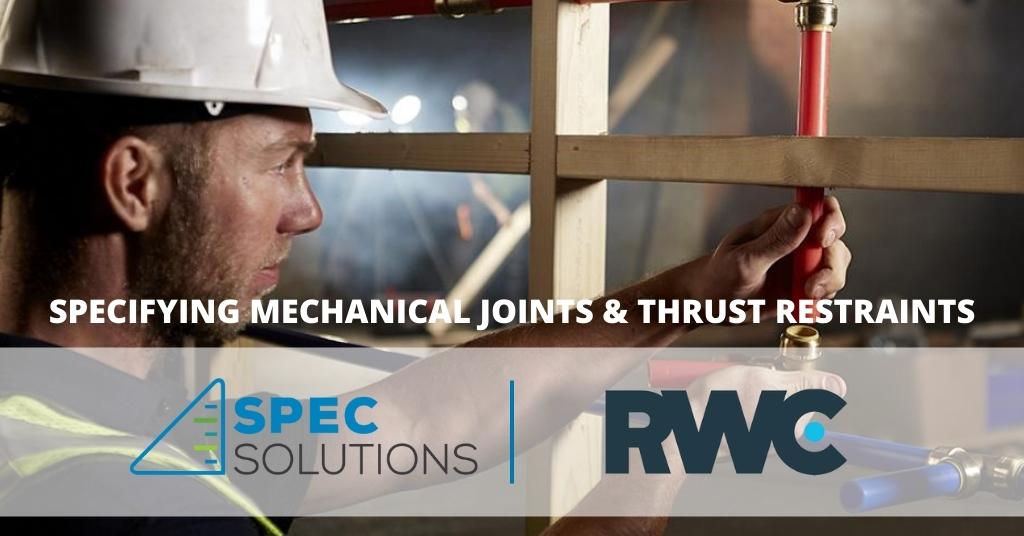Introduction
Canadian Underwriter has called flooding the “number one peril” in Canada. Whether from surface water or sewer blockage, flooding is a nightmare, because water damages everything it touches – floors, walls, furniture and electrical infrastructure.
The Problem:
Storm sewer blockage can cause mechanical joints at the base of the leaders to fail, which results in severe flooding. To prevent horizontal and vertical movement, thrust load or oscillation caused by hydraulic jumps, Cast Iron Pipe Soil Institute (CISPI) recommends that horizontal pipe and fittings five (5) inches and larger shall be suitably restrained to prevent horizontal movement at every branch opening or change of direction using braces, blocks, rodding, or other suitable method. Bibby-Ste-Croix, a large manufacturer of cast iron resonates the language in their literature. CSA B602 standard for mechanical couplings for drains, waste, and vent pipe and sewer pipe recommends in annex A to brace piping five (5) inches or larger to prevent horizontal movement.
The National Plumbing Code:
2.3.2.6. Mechanical Joints
-
- Mechanical joints shall be made with compounded elastomeric couplings or rings that are held in compression by
- stainless steel or cast-iron clamps
- groove and shoulder type mechanical couplings
(See note A-2.3.2.6.(1).)
- Mechanical joints shall be made with compounded elastomeric couplings or rings that are held in compression by
A-2.3.2.6.(1) Mechanical Joints. Storm sewer blockage can cause mechanical joints at the base of the leaders to fail, which can result in flooding. The failure occurs because the cleanout joints at the base of the rainwater leaders are not able to withstand the water column pressure. To avoid such failures, it is necessary to ensure that storm water systems installed using mechanical joints be braced and/or restrained at the end of the branches, changes in direction and elevation, at dead ends and at other locations as required by the manufacturer to prevent the separation of joints due to internal pressure, mechanical stress, or seismic events. Care should be taken to replace cleanouts properly after maintenance or testing.
The Solution:
Engineers can easily address this problem by specifying engineered restraints. Engineered restraints should be installed to prevent horizontal movement, and this shall be done at every branch opening, change of direction and elevation, at dead ends and at other locations as required by the manufacturer of storm water pipe to prevent the separation of joints due to internal pressure and/or mechanical stress.
Share this article

